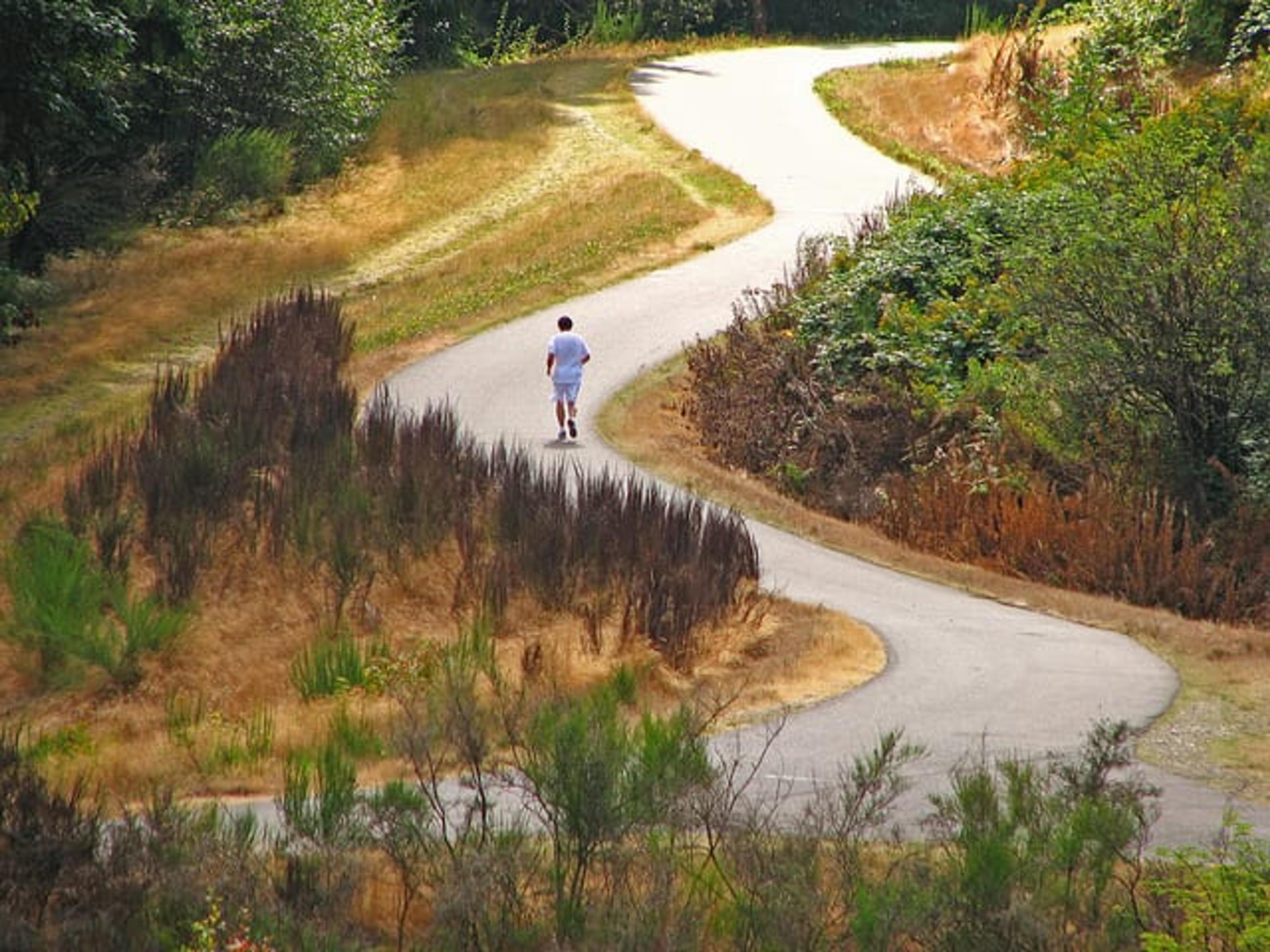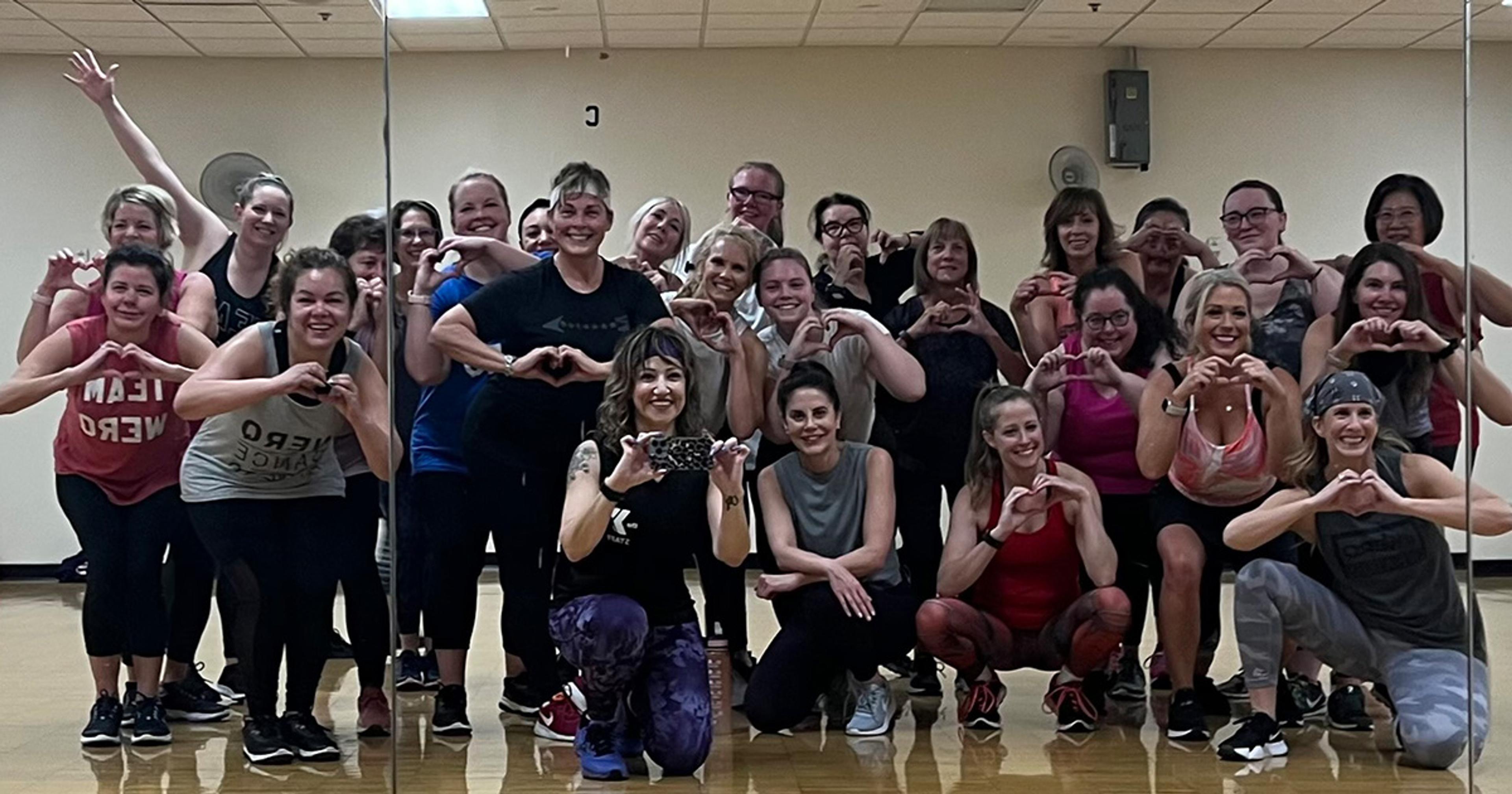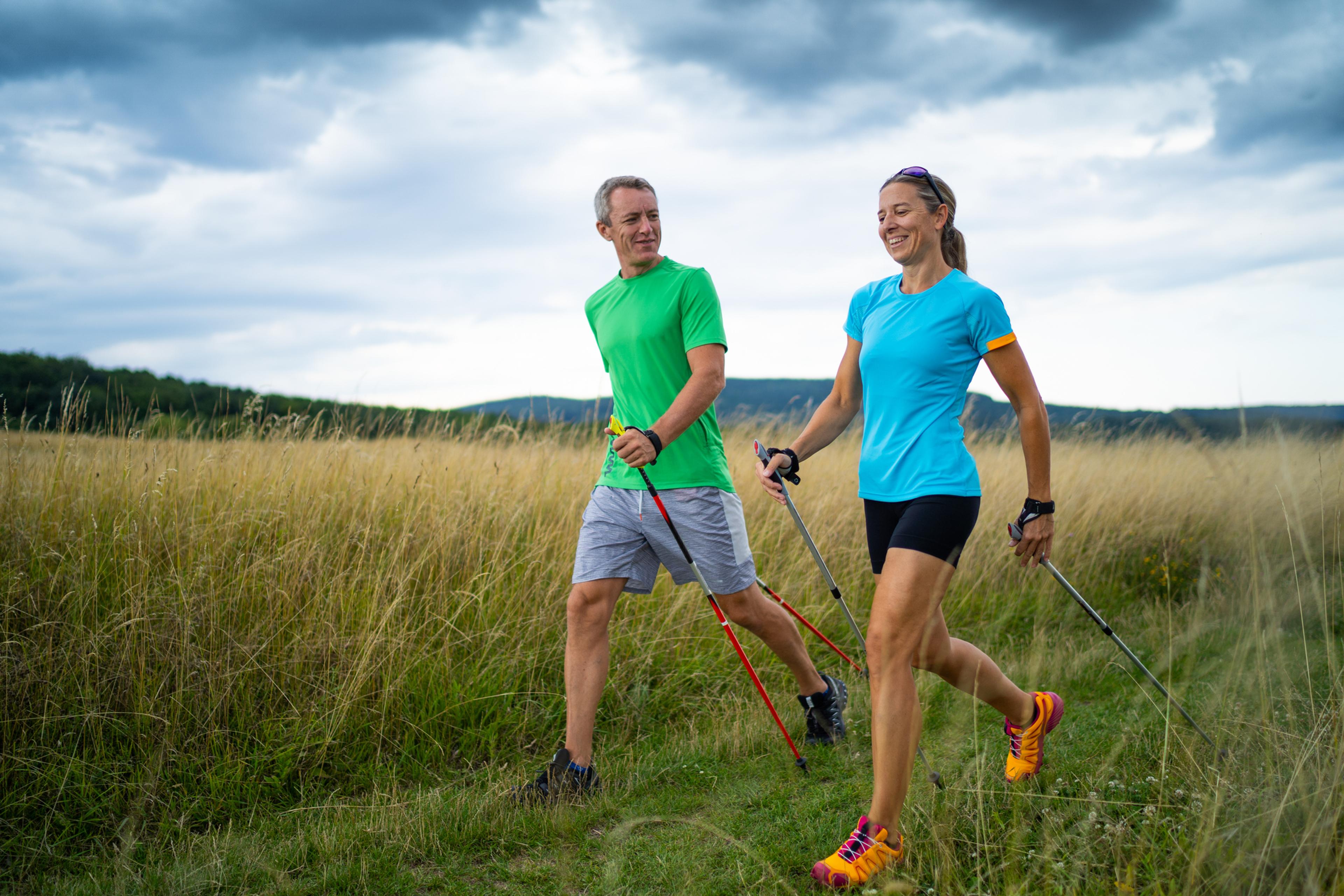Tackle hills like a running pro
| 2 min read

There’s nothing like lacing up your sneakers, hitting a good stride and then rounding a corner and discovering a hill. It’s enough to make you want to turn around and run the other way. But you don’t have to fear the elevation. Hills are actually a great way to boost your heart rate and work on leg strength and speed. Here’s a little motivation to conquer them:
Approach a hill like it’s your friend. Mental attitude is the biggest part of the game. Know that making it to the top will make you stronger and that your legs and core will be better off for it!
Maintain the same level of exertion as the rest of your run. Don’t go all out and finish the hill winded. Your pace should actually slow down as you start heading up. Don’t worry, you’ll make up the time on the way down and improve your overall time by not burning out from overexertion.
Watch your form. Lean into the hill and make sure your forearms are parallel the ground. Keep your back strong and straight; keep your stride short. This will help drive your body forward.
As you head down the hill, watch your step. Continue to keep your stride short and make sure you aren’t using too much force when your foot hits the ground, which can cause injury.
Ready for a challenge? Stick around and use the hill to improve your speed and power. Sprint up the hill for 45 seconds or so (less if the hill is steeper) and then walk back down it. Repeat 5 to 10 times and you’ll notice that your overall pace on flat routes will improve.
Don’t live near a hill? (Michigan is a lot of things, including flat!). Try this Pyramid Workout created by competitive masters runner Melissa Trunnell. It lets you mimic outside hills using a treadmill.
Photo credit: Nancy D. Regan





